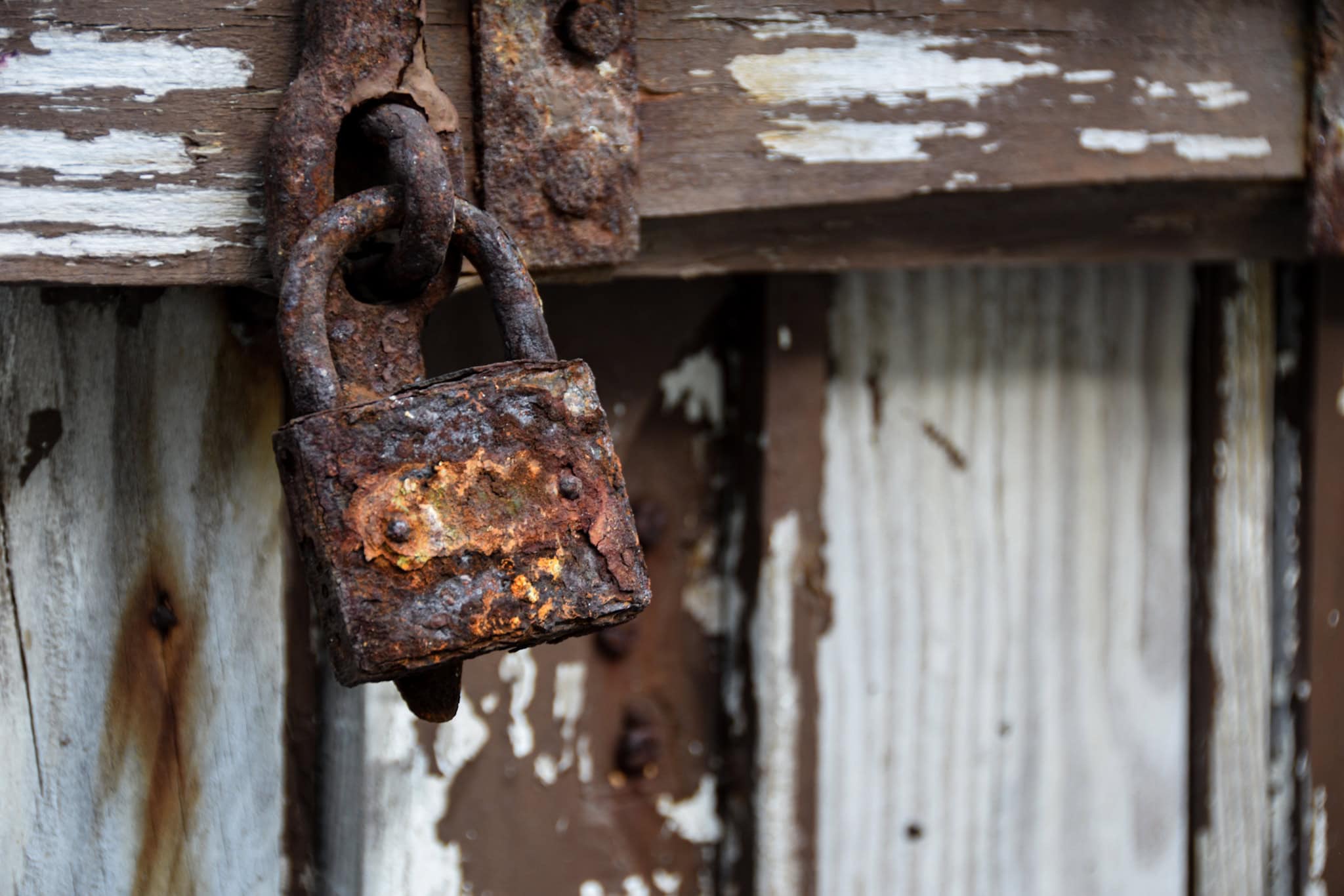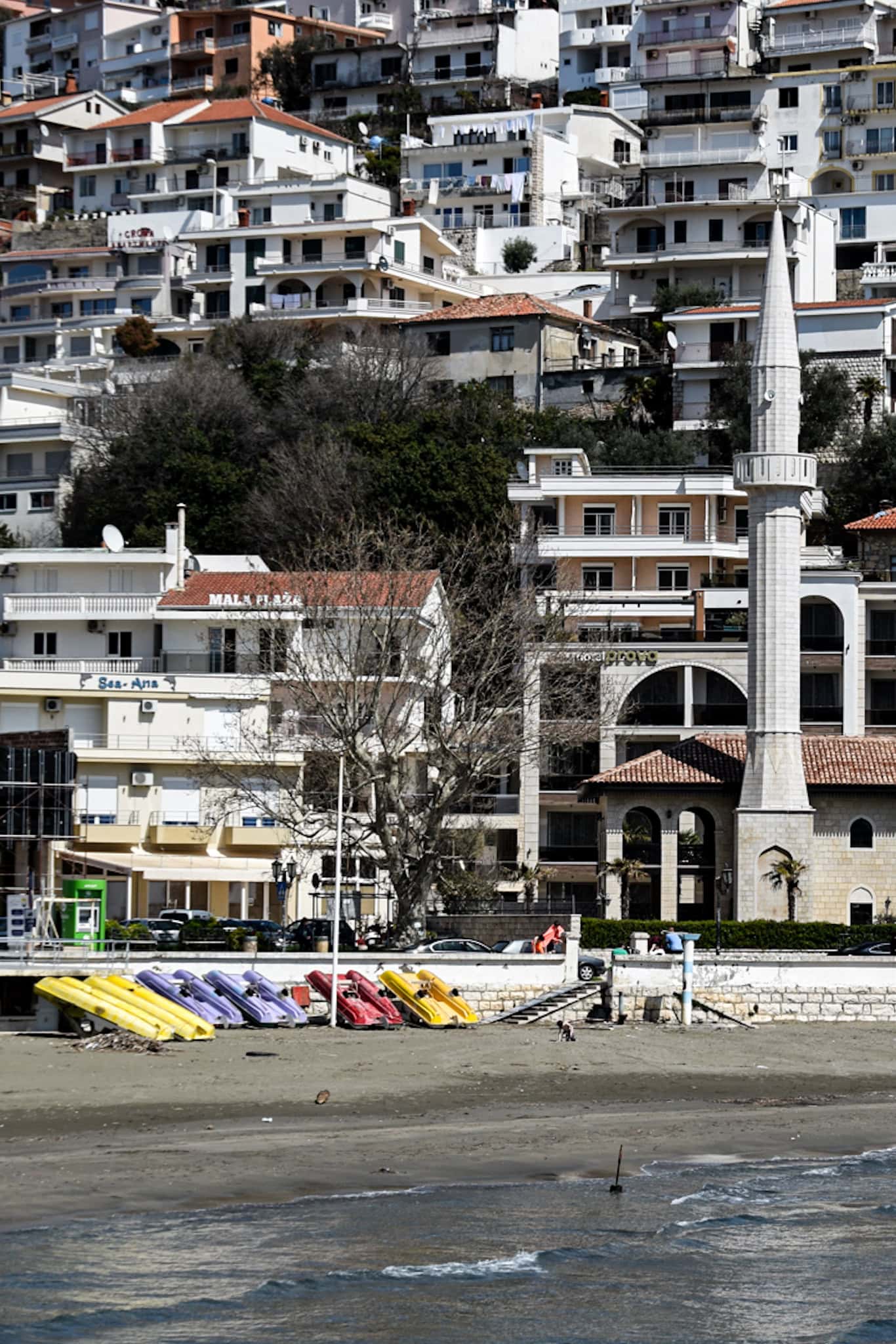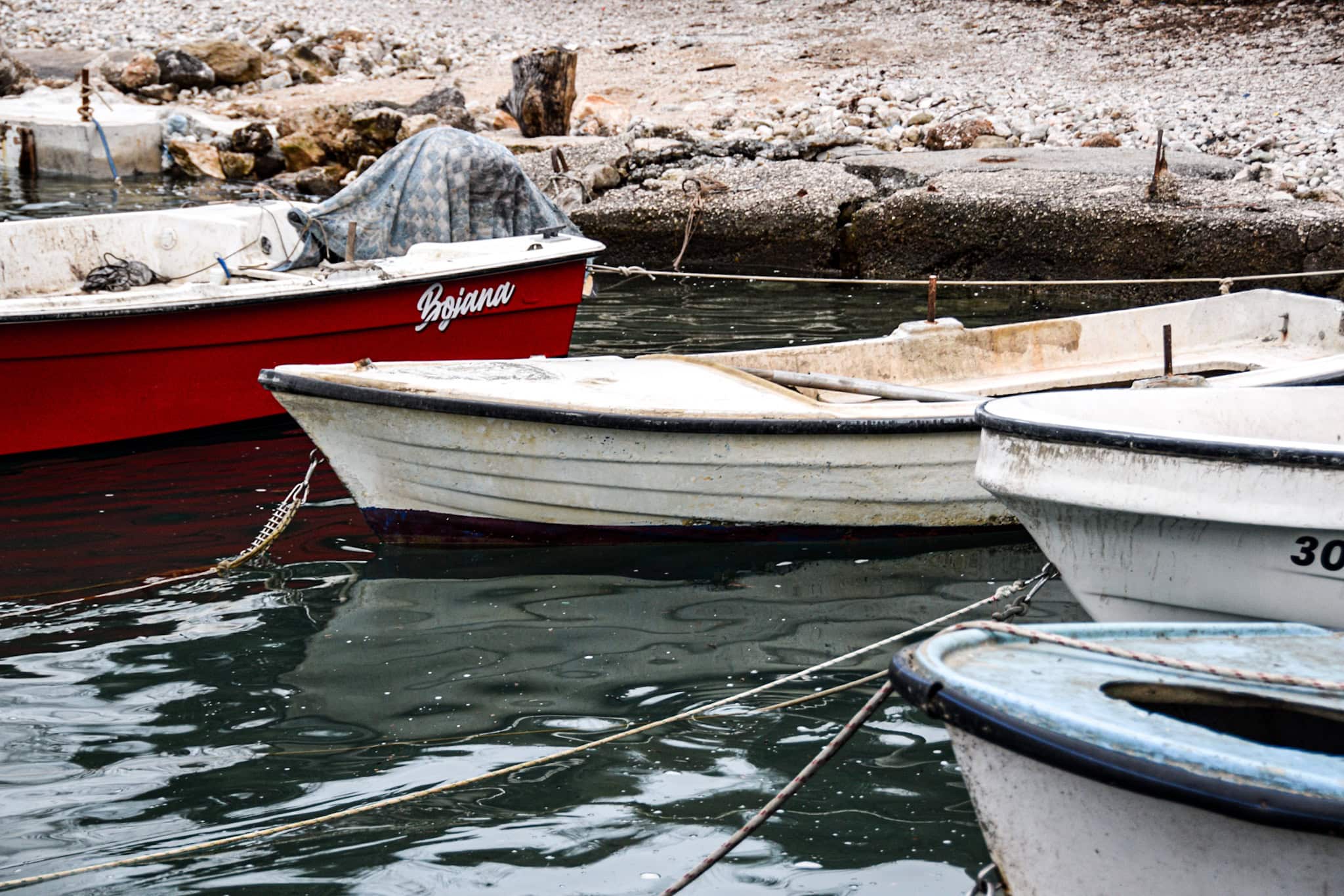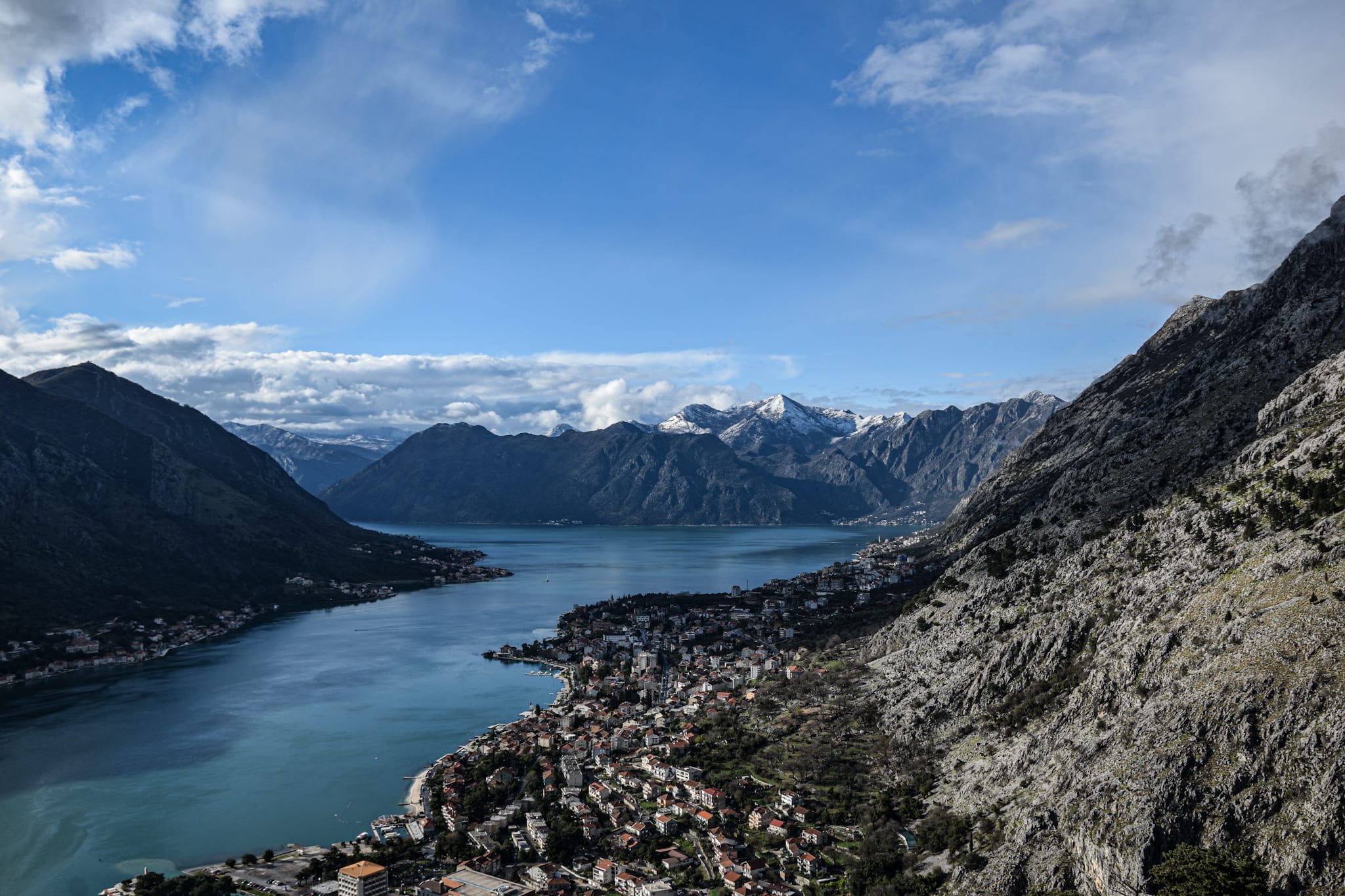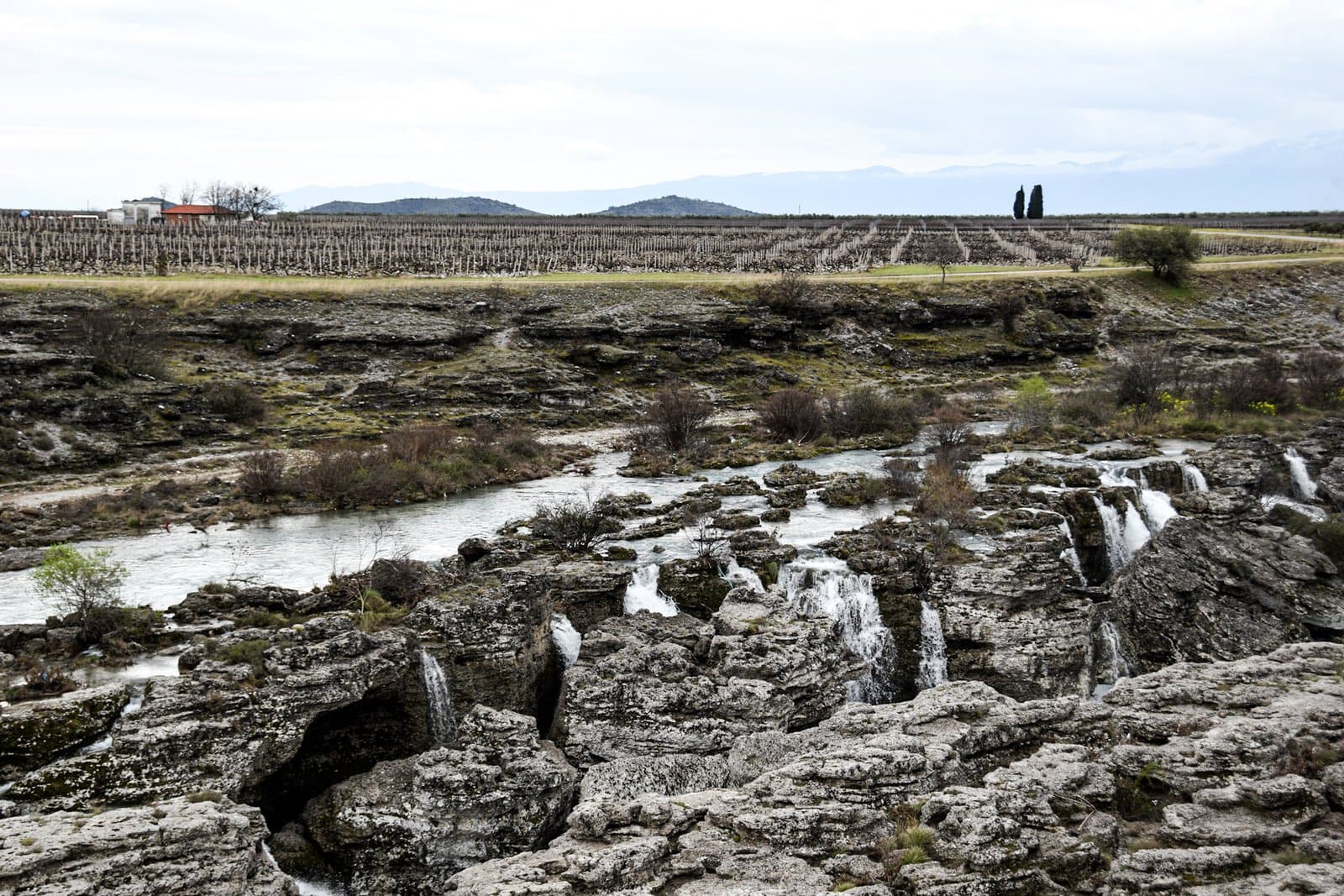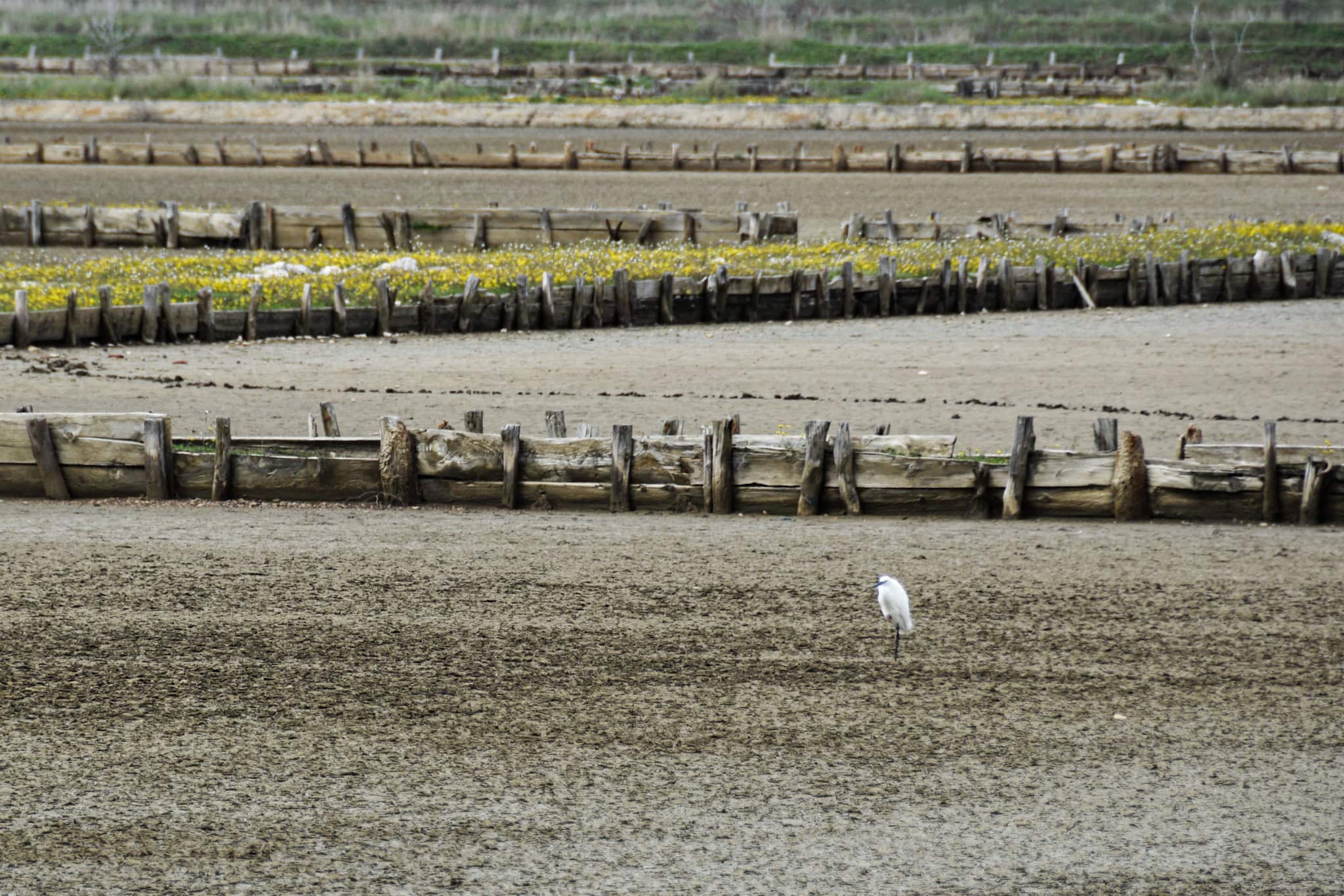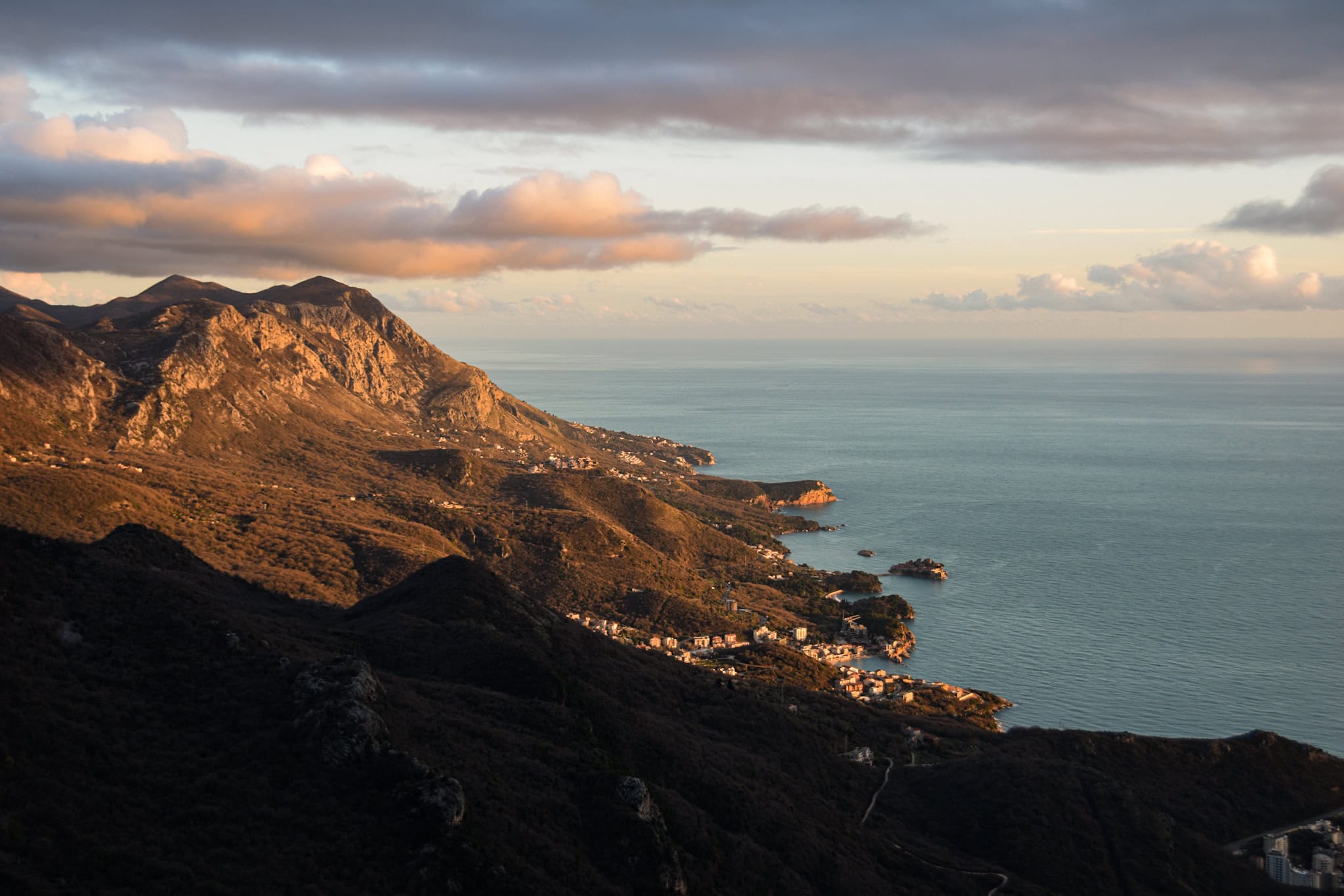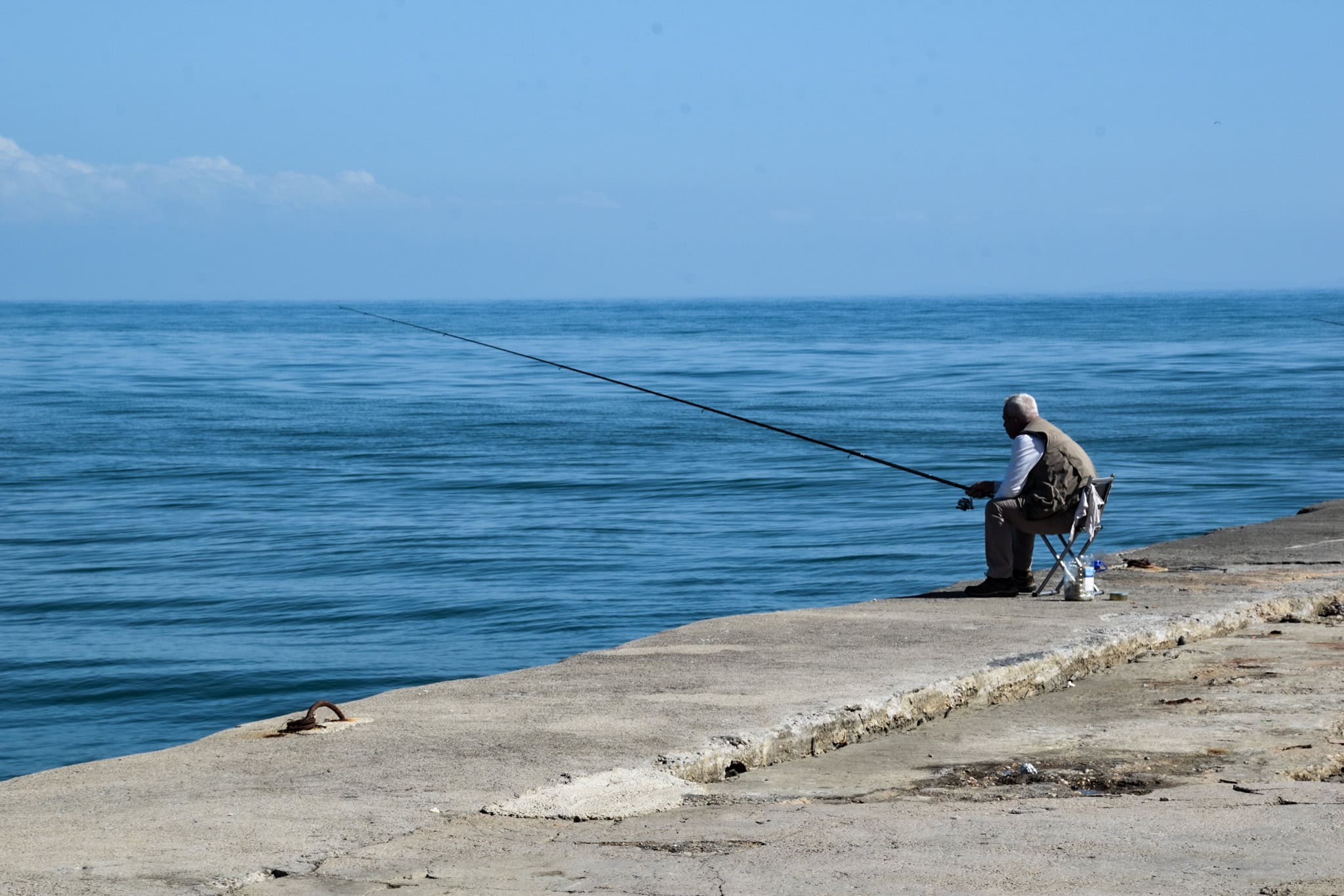MONTENEGRO
MONTENEGRO
PODGORICA'S BRUTALIST CHURCH
Built in 1969, the Church of the Holy Heart of Jesus is not only Podgorica’s sole Catholic church, but a house of worship constructed in the Communist brutalist style, a rare occurrence given the areligious sentiment of the ideology.
Besides its architectural singularity, this unassuming, concrete temple is definitely worth a visit for the atmosphere alone, should you find yourself in the Montenegrin capital.
SALINA OF ULCINJ
Once the biggest saline of Yugoslavia, the Salina of Ulcinj now lies derelict.
However, due to its location and protected status, the salt pans have become one of the most important breeding and resting sites for birds in the Adriatic.
The urban remains of this once thriving industry can also be found on the premiss.
BIOGRADSKA GORA
Unbeknownst to many, Montenegro is home to the largest virgin rainforest in Europe.
Tugged away between the rugged mountain peaks of the country’s northeast, Biogradska Gora National Park is a unique biosphere brimming with life.
More than 2000 plant species and countless animals, including bears and red deer, can be found in these dim woods.
VISA | Montenegro grants visa-free entry to all European countries for up to 90 days (30 days for Kosovo, Belarus, and Russia). If you are a resident of a non-European country check Passport Index for a quick overview.
MONEY | Currency: Euro. Besides not being part of the EU, Montenegro surprisingly uses the Euro (same as Kosovo btw!). In the 1990s, Montenegro adopted the German Mark due to the rapid decline of the Yugoslavian Dinar, hence, when Germany transitioned to Euro in 2002, Montenegro followed suit.
Banks and ATMs are widely available in the main towns. Supermarkets and bigger restaurants will accept bank cards, however, smaller shops might not, so always carry some cash with you.
PUBLIC TRANSPORT | Podgorica is the main hub regarding bus travel in Montenegro. Due to its central location (and capital status) you will find buses to every corner of the country. Buses (from Podgorica) normally go a few times a day, however, it is best to check the day before your departure. Prices are reasonable (calculate roughly 3€ for an hour).
Train travel is also possible. Two lines are currently open for passengers. The Belgrade-Bar railway, linking Serbia with the Montenegrin coast (a simply stunning route, especially in the northeast of Montenegro), and the Nikšić-Podgorica railway, connecting the country’s two biggest cities.
Public transport in Podgorica is rudimentary at best, however, due to its manageable size walking or biking is the best option anyway.

